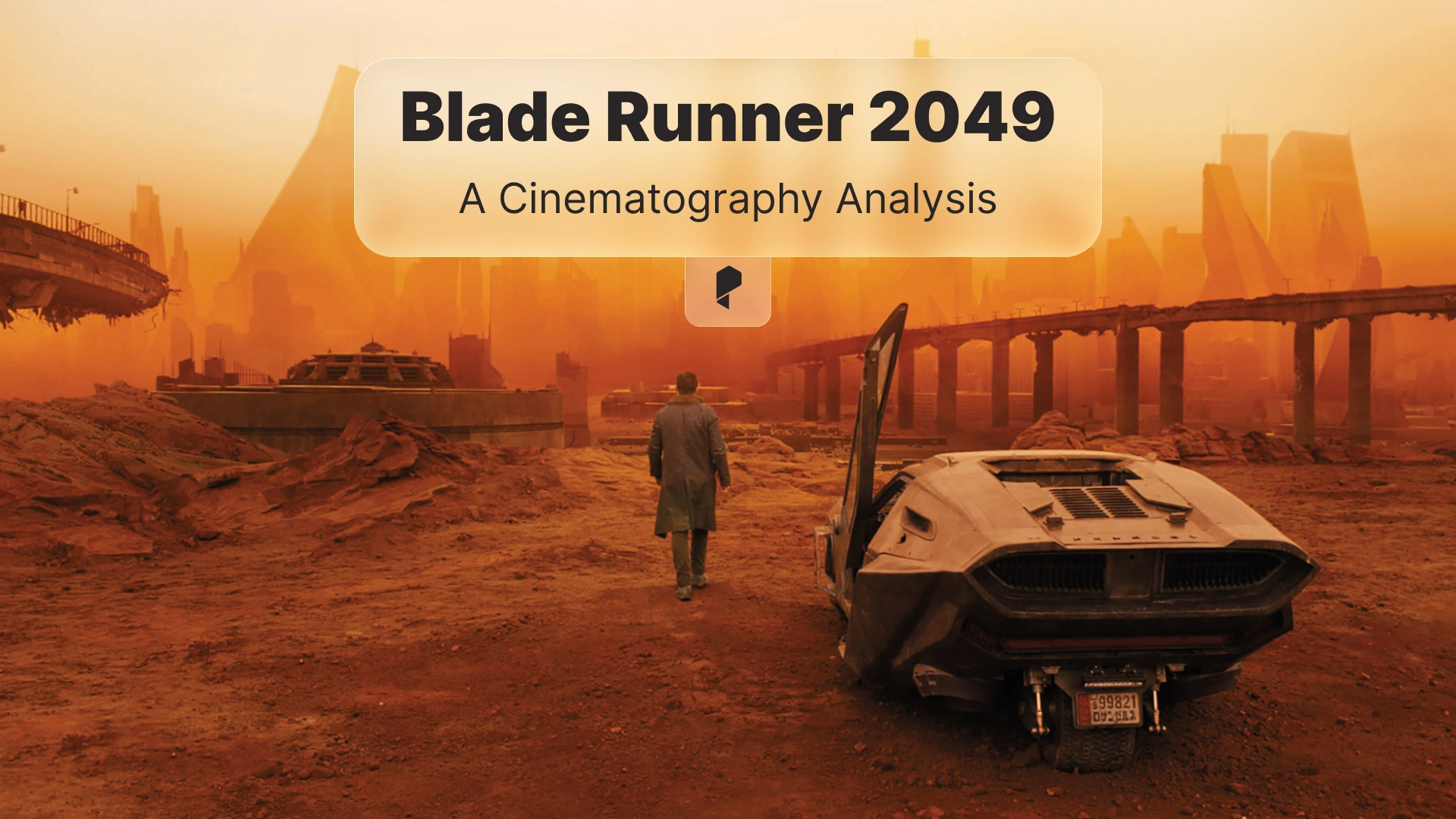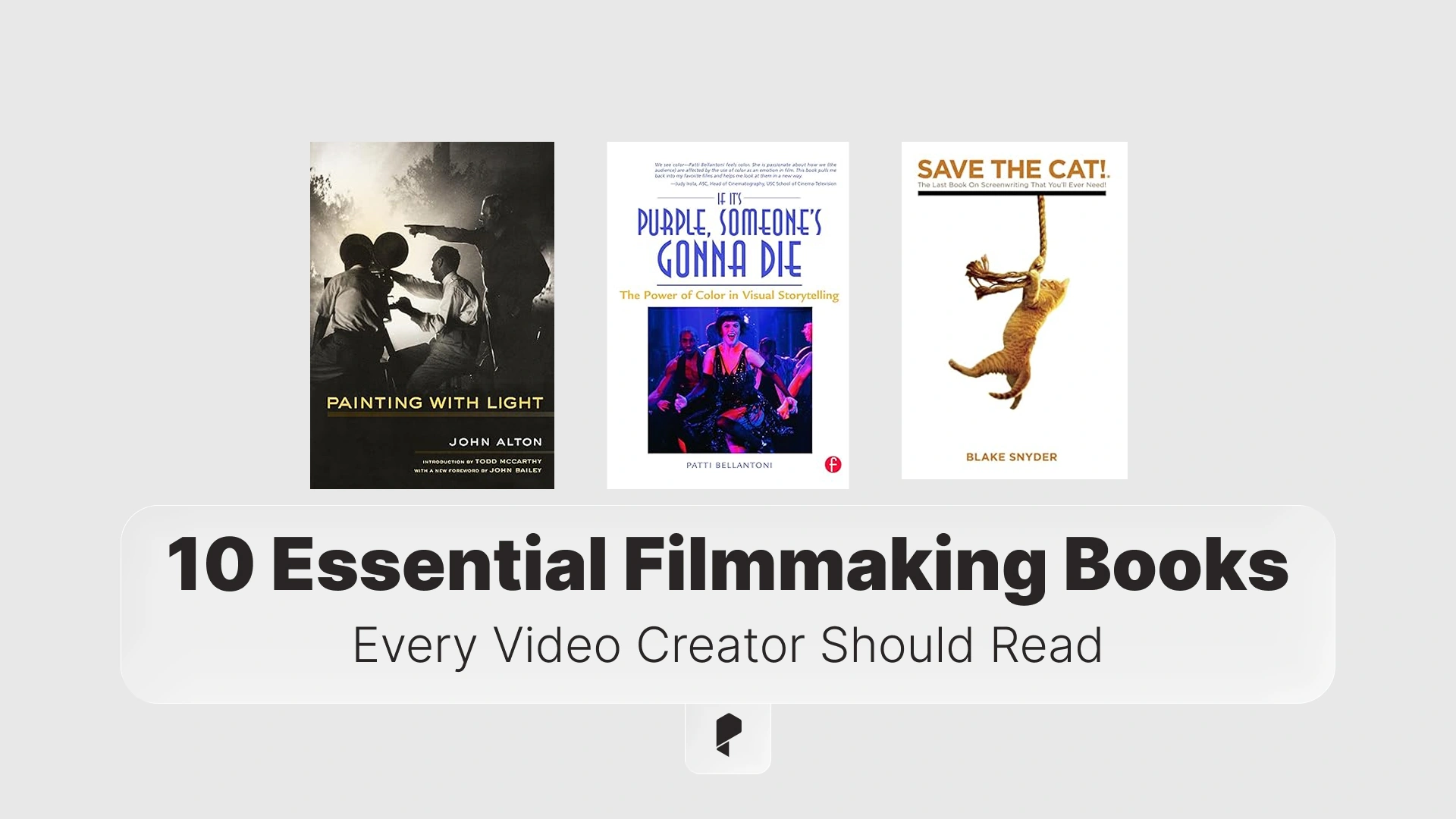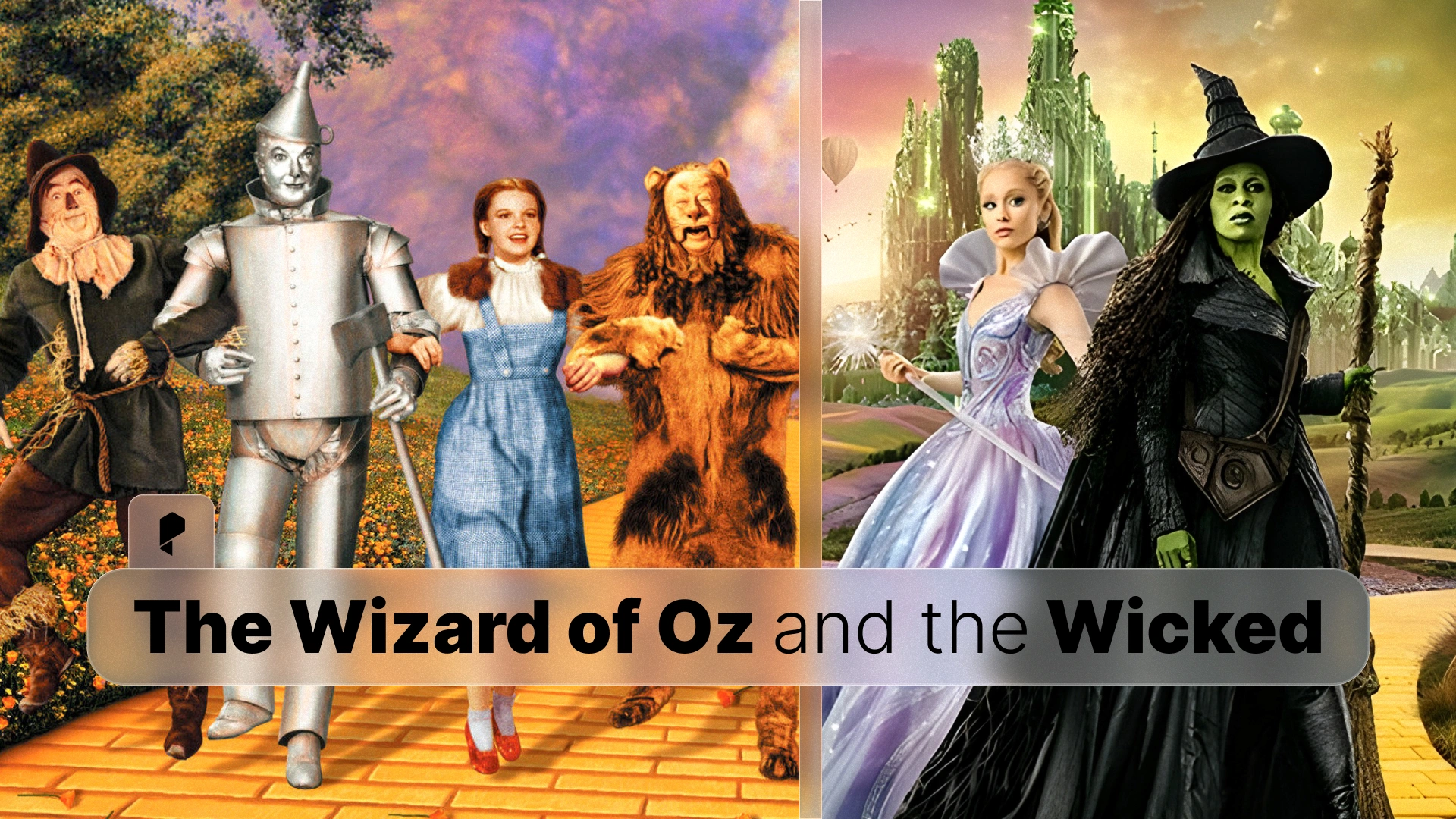What is a Crane Shot? A Complete Guide for Filmmakers

A crane shot refers to a camera movement where the camera is mounted on a crane or jib and moves smoothly through space, often rising or lowering to capture a dramatic perspective. These shots are commonly used to establish setting, create suspense, or provide a sweeping overview of a scene. Crane shots have been a staple in both classic and modern cinema, helping directors elevate their visual storytelling.
In this guide, we’ll explore the definition of a crane shot, the reasons directors use it, and how to execute a perfect crane camera movement for a professional cinematic effect.
Crane Shot Definition: Understanding This Dynamic Camera Movement
A Brief History of Crane Shots
Crane shots have been used since the early days of Hollywood. In 1927, the film Wings showcased one of the first dramatic crane shots, setting a precedent for future filmmakers. Over the decades, crane shots evolved with technological advancements, allowing for more flexible and intricate movements. Today, even lightweight shooting cranes are accessible to indie filmmakers, making this technique more widely available than ever before.
Crane Shot vs. Jib Shot: What’s the Difference?
While both crane shots and jib shots use mechanical arms to achieve smooth motion, there are key differences:
- Crane shots typically involve large mechanical arms and require an operator, offering more extensive movement.
- Jib shots use a smaller, more portable arm, making them ideal for lower-budget productions and tighter spaces.
Crane shots provide a broader range of motion, making them the go-to choice for epic, sweeping shots in major films.
Why Do Directors Use Crane Shots? The Impact on Visual Storytelling
1. Establishing Scale and Setting
A film crane shot is often used to introduce a location or emphasize the grandeur of a scene. Whether it’s a sweeping city skyline or a vast battlefield, crane shots can give audiences a bird’s-eye view that immerses them in the story’s world.
2. Enhancing Emotion and Drama
The effect of using a crane shot goes beyond aesthetics—it plays a psychological role in filmmaking. Rising or descending camera movements can create a sense of anticipation, reveal crucial plot details, or intensify an emotional moment.
For example, in The Shawshank Redemption, the famous crane shot of Andy Dufresne raising his hands to the sky symbolizes freedom and triumph. This is a perfect crane shot example of how movement enhances storytelling.
3. Guiding Audience Perspective
Crane camera movement helps directors control how audiences perceive a scene. A slow descent can introduce a character powerfully, while a dramatic pull-back can reveal a shocking twist. The ability to shift perspectives dynamically makes crane filmmaking an essential tool for creating unforgettable cinematic moments.
For more on different types of camera movement, check out this guide on camera movement cinematic techniques.
Crane Camera Movement: How to Execute a Smooth Film Crane Shot
1. Setting Up a Crane Shot for Dynamic Scenes
To execute a successful crane camera movement, follow these essential steps:
- Choose the Right Crane: Depending on the shot’s complexity, filmmakers use either a heavy-duty crane for expansive movements or a lightweight shooting crane for smaller setups.
- Balance the Camera: Proper counterbalancing ensures smooth motion and prevents jerky transitions.
- Rehearse the Motion: Since crane shots often involve complex coordination between the camera operator and director, rehearsing the movement beforehand is crucial.
- Adjust the Speed: Smooth and steady motion enhances the scene’s emotional impact. Fast movements create energy, while slow movements build suspense.
2. Best Practices for Achieving Seamless Camera Crane Movement
- Use a Remote Head for Precision: A remote-controlled head allows operators to pan, tilt, and adjust the camera angle fluidly.
- Coordinate with Actors and Crew: Since crane shots require a large setup, proper communication ensures a seamless take.
- Use Motion Control for Repeatability: In high-budget productions, motion control systems help recreate the same crane shot example multiple times with precision.
3. Overcoming Challenges in Low-Budget Productions
For indie filmmakers or those working with limited budgets, using a jib shot instead of a full crane can still achieve similar dramatic effects. Additionally, handheld stabilizers and drone technology now offer alternative ways to create sweeping camera movements without requiring a massive film crane shot setup.
Types of Crane Shots in Movies and Their Cinematic Impact
1. High-Angle vs. Low-Angle Crane Shots
- High-Angle Crane Shot: The camera moves down from above, often making the subject look small or vulnerable. Example: In Harry Potter and the Goblet of Fire, the high-angle crane shot over the Quidditch stadium creates a sense of grandeur and excitement.
- Low-Angle Crane Shot: The camera rises from below to give subjects a dominant and powerful appearance. Example: In The Dark Knight, Batman’s dramatic entrance from a low crane angle enhances his imposing presence.
2. Sweeping Crane Shots vs. Stationary Crane Shots
- Sweeping Crane Shots: These shots create fluid, dramatic movement across a scene, often used for action sequences or large-scale environments. Example: La La Land’s opening sequence uses a sweeping crane shot to capture the grandeur of a synchronized dance performance on a highway.
- Stationary Crane Shots: The crane holds a fixed position while adjusting angles or height, often used for subtle yet powerful reveals. Example: In The Grand Budapest Hotel, stationary crane shots emphasize the symmetry and precision of Wes Anderson’s unique visual style.
3. Camera Crane Movement Techniques for Beginners
- Start with small controlled movements before attempting complex sweeping motions.
- Utilize slow pull-backs to reveal wider compositions gradually.
- Experiment with vertical tracking shots to shift perspective smoothly within a scene.
By understanding these different types of crane film techniques, filmmakers can craft visually compelling shots that add depth and storytelling layers to their scenes.
Innovations in Crane Technology: The Future of Crane Filmmaking
Tracking Two Shots:
- Keeps both subjects in focus while moving with them.
- Creates an immersive experience for the audience.
Over-the-Shoulder Variations:
- Combines elements of Two Shot and POV for dramatic effect.
- Useful for intense confrontations or revealing character emotions subtly.
Lighting and Depth of Field:
- Soft lighting enhances intimate Two Shots.
- Shallow depth of field draws attention to characters while subtly blurring backgrounds.
- Deep depth of field shows the two characters in the context of their environment.
By creatively implementing these techniques, filmmakers can craft visually stunning and emotionally compelling Two Shot sequences that elevate storytelling.
Innovations in Crane Technology: The Future of Crane Filmmaking
1. Evolution of Crane Shots in Film History
From the early mechanical cranes used in silent films to today’s automated motion-control rigs, the evolution of crane shots in movies has allowed filmmakers to push creative boundaries.
2. Popular Crane Brands Used by Professional Cinematographers
- Technocrane: Known for its telescopic arm, used in major Hollywood productions.
- Jimmy Jib: A favorite among television and indie filmmakers for its portability.
- Chapman Leonard Cranes: Industry-standard cranes used in high-budget films.
3. The Rise of Lightweight Shooting Cranes in Indie Filmmaking
Smaller camera cranes and drones are now giving indie filmmakers the ability to create cinematic crane shots without requiring massive rigs. Innovations like gimbal-stabilized jibs and motorized crane arms are also allowing for greater flexibility in crane videography.
For filmmakers looking to enhance their visuals, new advancements in lens filters and cinematic effects are also worth exploring. Check out Optic FX for professional-grade effects that complement crane shots beautifully.
Mastering Crane Shots: Tips for Filmmakers and Cinematographers
1. How to Define a Crane Shot in Film Production for Beginners
For those new to crane filmmaking, understanding its purpose is crucial. A crane shot is not just about movement—it’s about storytelling. When planning a shot, always ask:
- What emotion should this movement convey?
- How does this shot serve the narrative?
- Is the movement necessary, or is a static shot more effective?
By answering these questions, you can ensure that each crane camera shot adds value to your film.
2. Best Practices for Using a Crane in Cinematography
- Scout the Location: Identify obstacles that could interfere with the crane’s movement.
- Work with a Skilled Crew: Operating a film crane shot requires coordination between the director, crane operator, and cinematographer.
- Use Counterweights Properly: Balancing the crane is essential for achieving smooth motion.
- Consider Lighting and Shadows: A moving crane can affect how light interacts with the scene. Plan accordingly.
3. Examples of Crane Shots That Create Suspense in Films
Many iconic films use crane shots in movies to heighten tension.
- In Jaws, the slow, downward crane camera movement over the beachgoers builds suspense before the shark attack.
- In Psycho, Alfred Hitchcock uses a high-angle crane shot to reveal Norman Bates standing ominously near the house, creating unease.
- In The Lord of the Rings, sweeping crane shots showcase the vast landscapes of Middle-earth, reinforcing the epic scale of the story.
By studying these crane shot examples, filmmakers can learn how to use movement effectively to enhance storytelling.
How Crane Shots Enhance Storytelling in Modern Filmmaking
1. Emotional Impact of Using a Crane Shot in Storytelling
- Rising crane shots often symbolize a character’s journey, revelation, or transformation.
- Descending crane shots create a sense of doom, vulnerability, or finality.
- Sweeping crane shots emphasize grandeur and scale, making them ideal for epics and historical films.
For example, in The Shawshank Redemption, the famous overhead crane shot of Andy standing in the rain signifies freedom and triumph, leaving a lasting emotional impression.
2. The Effect of Crane Shots on Audience Engagement
- Viewers feel immersed in the story when the camera moves dynamically.
- Crane shots help guide the audience’s focus, leading their eyes to key details.
- The smooth, flowing motion of a crane camera shot makes scenes feel more polished and cinematic.
3. Using Crane Shots to Convey Power and Grandeur
Directors often use crane movement to showcase characters in a powerful light.
- In superhero films like The Avengers, low-angle crane shots make the heroes look larger than life.
- In war movies like Saving Private Ryan, high-angle crane shots depict the chaos and destruction of battlefields.
By strategically using camera crane movement, filmmakers can control the mood, tone, and impact of their scenes.
Conclusion
Whether you’re a filmmaker working on a big-budget production or an indie creator looking for dynamic camera movements, mastering crane videography will enhance your ability to tell compelling stories. With innovations in camera crane movement and lightweight shooting cranes, the possibilities are endless.
So next time you watch a film, pay close attention to the crane shots—and if you’re a filmmaker, start incorporating them into your projects to create stunning, cinematic experiences.
Disclaimer : If you buy something through our links, we may earn an affiliate commission or have a sponsored relationship with the brand, at no cost to you. We recommend only products we genuinely like. Thank you so much.





